The new Longitude Prize aims to do what medicine has long struggled with: harness AI and global collaboration to unlock life-saving treatments for one of the most devastating diseases. Roger Highfield, Science Director and Longitude Committee member, reports.
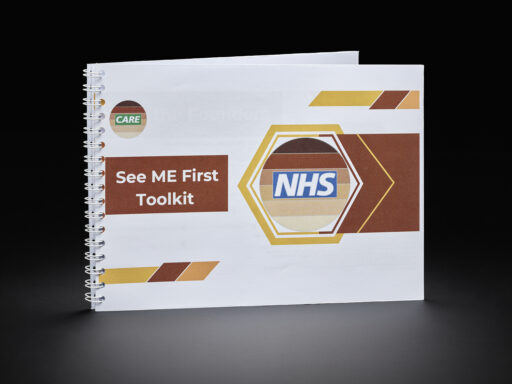
Organisations all over the world are looking at their workplaces and public services to ensure they are open and accessible to everyone. Curator in Clinical and Research Medicine Selina Hurley looks into how sometimes just three people can start something which will make a difference, even in an organisation as big as the NHS.
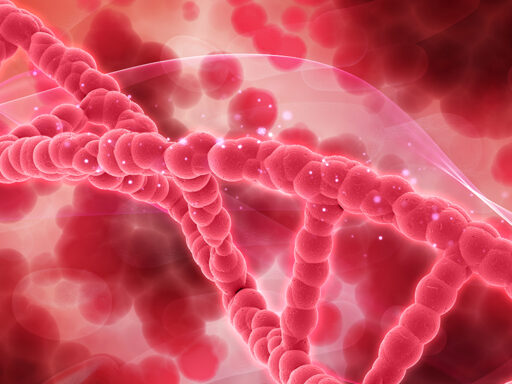
After a landmark regulatory approval, gene editing is now being trialled with children, reports Roger Highfield, Science Director.
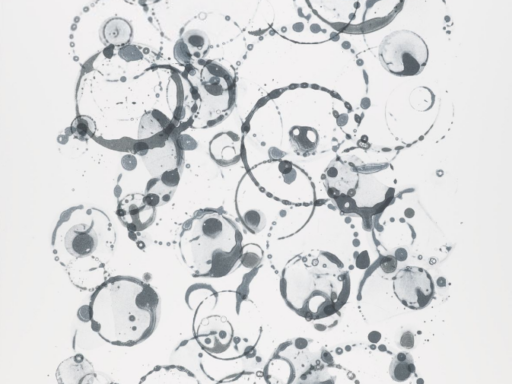
As the Science Museum Group Collection acquires a new print by Rachel Whiteread DBE, Anna Ferrari, Curator of Art and Visual Culture at the Science Museum, explores how two artists evoke COVID-19 and the pandemic.
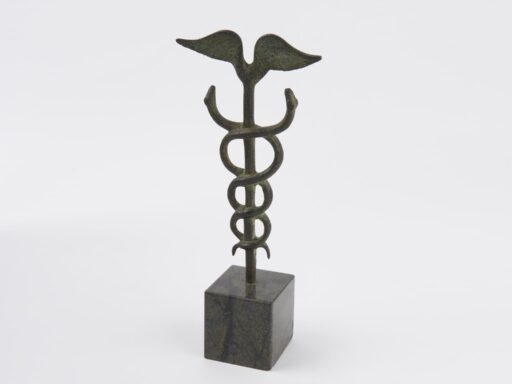
A common emblem for medicine depicts one or two snakes coiling up a staff. This symbol, often referred to as a ‘caduceus’, has been frequently used as a pharmacy or healthcare company crest. However, the term ‘caduceus’ has a distinct meaning and historically has been confused with the real first medical symbol: the ‘Rod of Asclepius’.
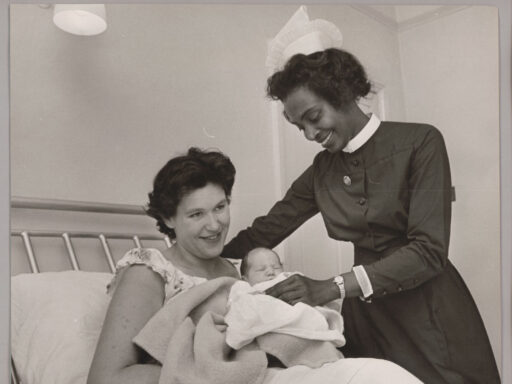
On this day in 1948 – just 13 days before the National Health Service was established – the Empire Windrush ship arrived at Tilbury Docks in Essex with 429 Caribbean migrants aboard. In this blog post Trainee Assistant Digital Curator Rachael Simoes explores the integral role Caribbean nurses have played in the NHS over the past 75 years.
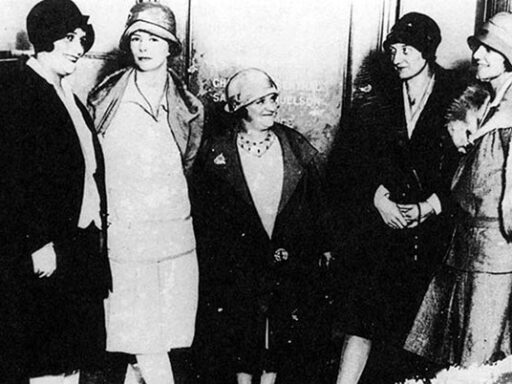
Trainee Assistant Digital Curator, Gabrielle Bryan-Quamina, delves into our collection to tell the story of the Radium Girls, the first casualties of industrial radium poisoning.
Roger Highfield, Science Director, talks to Ajit Lalvani of Imperial College London about the first detailed study of how the virus is transmitted at home, which underlines the importance of handwashing and hygiene.
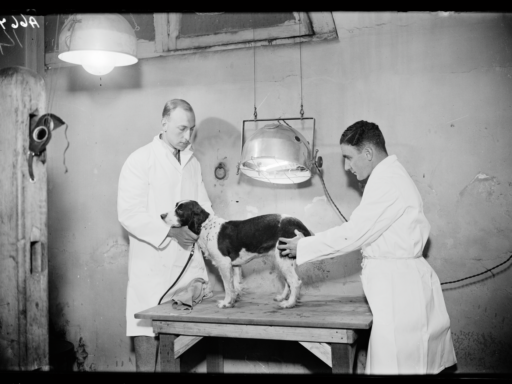
Seasonal Affective Disorder (SAD) is a depressive disorder with a seasonal pattern. In efforts to fight Winter SAD, Rachael Simões, Trainee Assistant Digital Curator, takes a closer look at different relationships with nature which could support mental health.
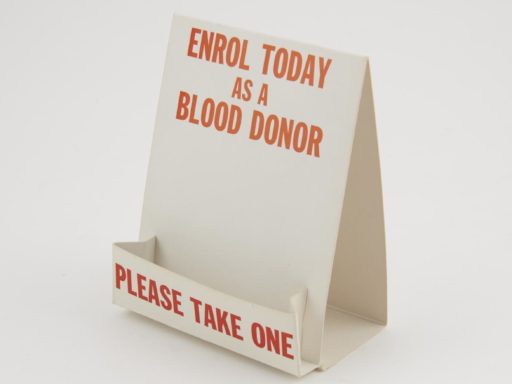
Assistant Curator Katie McNab looks into “golden blood” and a Bristol clinic brokering rare blood deals.
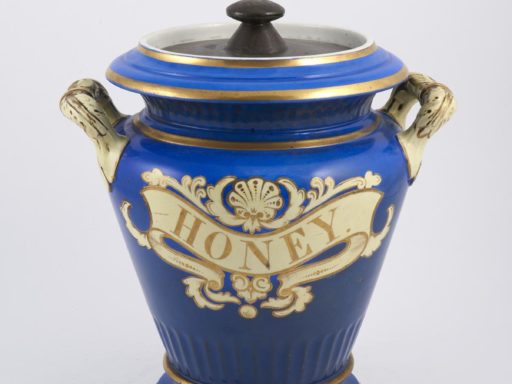
Spring has sprung, summer is heating up; insects and creepy crawlies are starting to buzz, wriggle, and flutter once again. Often these animals are treated as pests, yet bugs and insects play a very important role in our ecosystem. But more than that, many of these insects also have a long and important historical role in medical treatment and healthcare – a tradition that is continued in modern medicine. Here we explore some examples of these helpful bugs – all of which continue to be used by the NHS today!
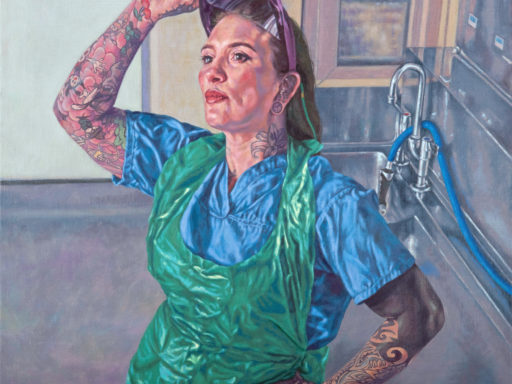
As part of the Science Museum Group’s COVID-19 Collecting Project we have acquired a portrait by Roxana Halls of Katie Tomkins, Mortuary and Post-Mortem Services Manager at West Herts Hospitals NHS Trust, created as part of the Portraits for NHS Heroes project in response to the pandemic.